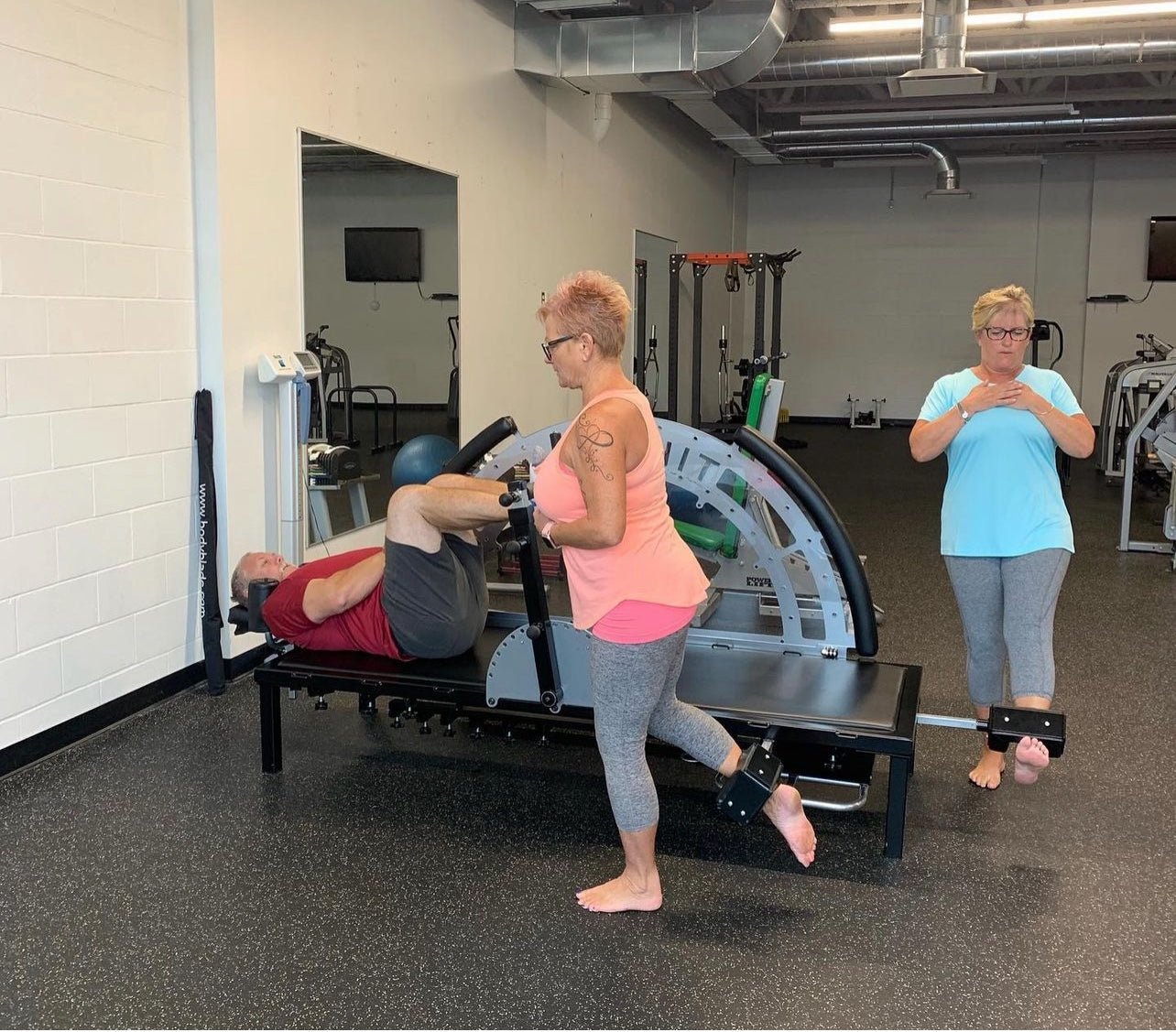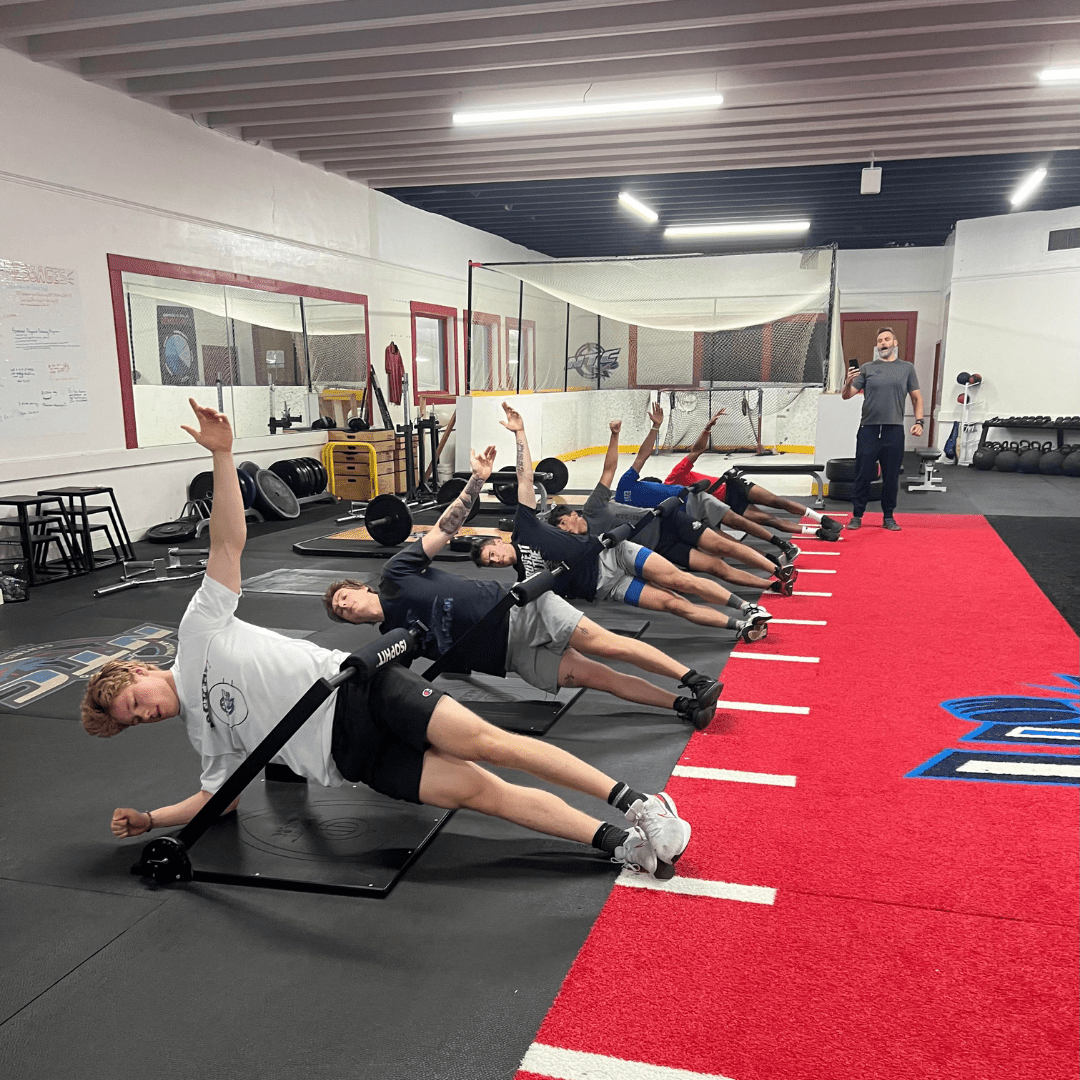Isometric and dynamic exercises both play vital roles in strength training, yet the differences in their effects on muscle strength and injury prevention have been the subject of extensive research. One notable study by Jonathan P. Folland et al. sheds light on these differences, emphasizing that isometric strength training seems to be the more complete option for enhancing muscle strength and potentially reducing injury risk
The study revealed that isometric contractions lead to significant strength gains, with the isometrically trained leg experiencing an 18.0% increase in isometric strength. This is particularly important as lower isometric strength has been linked to an increased risk of injury. Strengthening muscles through isometric exercises can, therefore, contribute to enhanced stability and injury prevention.
In contrast, the dynamically trained leg in the study showed a similar increase in isokinetic strength (10.7% vs 10.5%) but a lesser increase in isometric strength (13.1%). While dynamic training is often favored by athletes for its more conventional approach to strength building, this study's findings suggest that relying solely on dynamic exercises might provide a false sense of security when it comes to injury prevention.
Read the Study: Strength training: Isometric training at a range of joint angles versus dynamic training
Dynamic exercises might not address the specific needs of isometric strength development as effectively as isometric exercises. Since lower isometric strength is associated with a higher risk of injury, athletes who primarily focus on dynamic training may not be sufficiently building the isometric strength necessary for injury prevention.
The insights from the study by Folland et al. highlight the importance of a balanced approach that incorporates both isometric and dynamic exercises. Isometric training's angle-specific adaptations and greater absolute torque offer clear advantages in enhancing muscle strength. Conversely, dynamic training, though valuable in a well-rounded fitness program, might not be as effective in building isometric strength, potentially leaving gaps in injury prevention.
For those seeking to maximize strength gains and reduce the risk of injury, understanding the distinct benefits and limitations of isometric and dynamic exercises is essential. Isometric training appears to be a more complete option for building strength, while an overreliance on dynamic training might inadvertently increase injury risk by neglecting critical aspects of isometric strength development.
By integrating both exercise modes and recognizing the unique contribution of isometric training, individuals and athletes can create more targeted and efficient strength training regimens. This comprehensive approach fosters not only performance enhancement but also a more robust foundation for injury prevention, aligning exercise routines with specific health and performance goals.
Huge shoutout to Isophit family member Dan Blackburn and NTC Hockey. We appreciate all your love and support.
For more information on isometric strength training and its significant impact on functional health and performance, visit our website at www.Isophit.com or reach out to me at brad@isophit.com.
Yours in Isometric Strength,
Brad Thorpe
CEO / Inventor
Isophit










Share:
Isophit: Understanding the Causes and Exploring Potential Solutions for Microhip Instability
Isophit: Combine Injury Prevention, Performance Enhancement, and Faster Recovery.